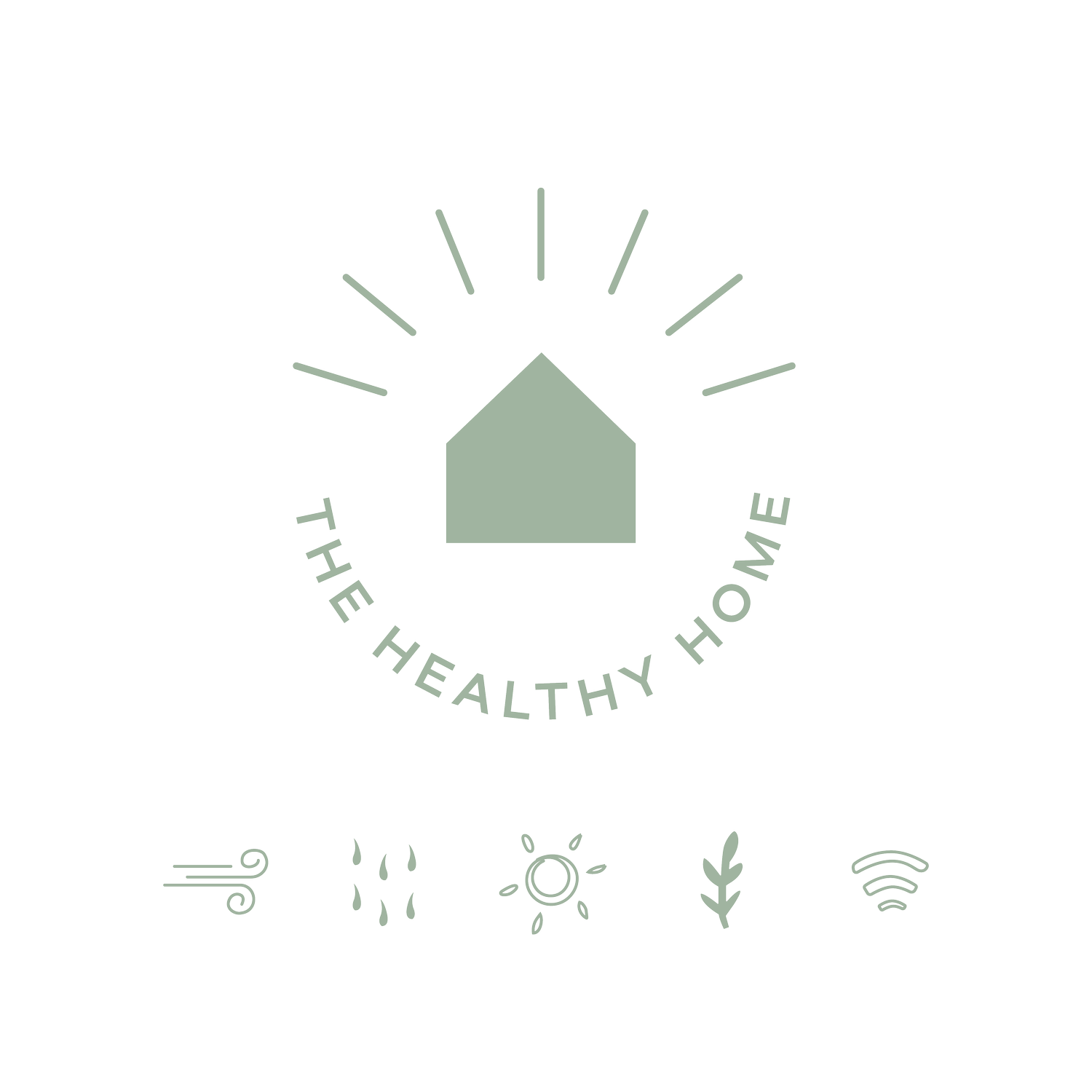Low VOC paint labels are misleading
July 7, 2021
A recent trip down the paint aisle at Bunnings had me feeling pretty infuriated at the way supposedly healthier products are marketed.
Low VOC paints are all the rage these days, they're certainly a clever way to win health-conscious consumers. How much 'healthier' are they though?
A product with the asthma foundation logo and marketed as the 'sensitive choice' contained ingredients that are known to be respiratory irritants. I can't help but feel angry for the parents of children with asthma that buy this product thinking they're making a better choice.
Some paint tins didn't even have the ingredients listed, which is bizarre when you consider that you're ultimately going to be inhaling whatever is in that tin, if you're using it to paint interiors. Paint labels ought to be scrutinised as much as food labels.
A study of paints marketed as 'low VOC' or 'zero VOC' and labelled as 'green' products by a variety of certification marks found all paints contained Semi Volatile Organic Compounds (SVOCs) 'in order to circumvent solvent classifications, and released heightened acetic acid levels', which, according to the UK government can cause irritation of eyes, nose and throat, cough, chest tightness, and headache (Schieweck & Bock, 2015).
Semi VOC's are 'the next generation of indoor air quality challenges' according to the WELL Building Institute.
They're different in that they're heavier, take longer to release, and persist in the home for much longer. They attach to dust particles and surfaces and can be absorbed through the skin They're known hormone disruptors and are linked to low birth weight, asthma, cancer, and adverse effects on the immune, reproductive and nervous systems.
SVOCs include compounds that are laso used as plasticisers, flame retardants, preservatives, pesticides, and antimicrobial agents, and can be found in vinyl floors, furniture, electronics, carpets, fabrics, foam, and other synthetic materials.
If a product is being marketed as healthier, or green, it's so important to check the ingredients and material safety data sheets, if it isn't listed on the label or publicly available, this should send alarm bells ringing.
Knowledge is power, my friends. Although it shouldn't be so ridiculously hard to make better choices, when we become informed we can in turn reduce the demand for products that shouldn't be allowed to be marketed the way they are, for the sake of our health.



